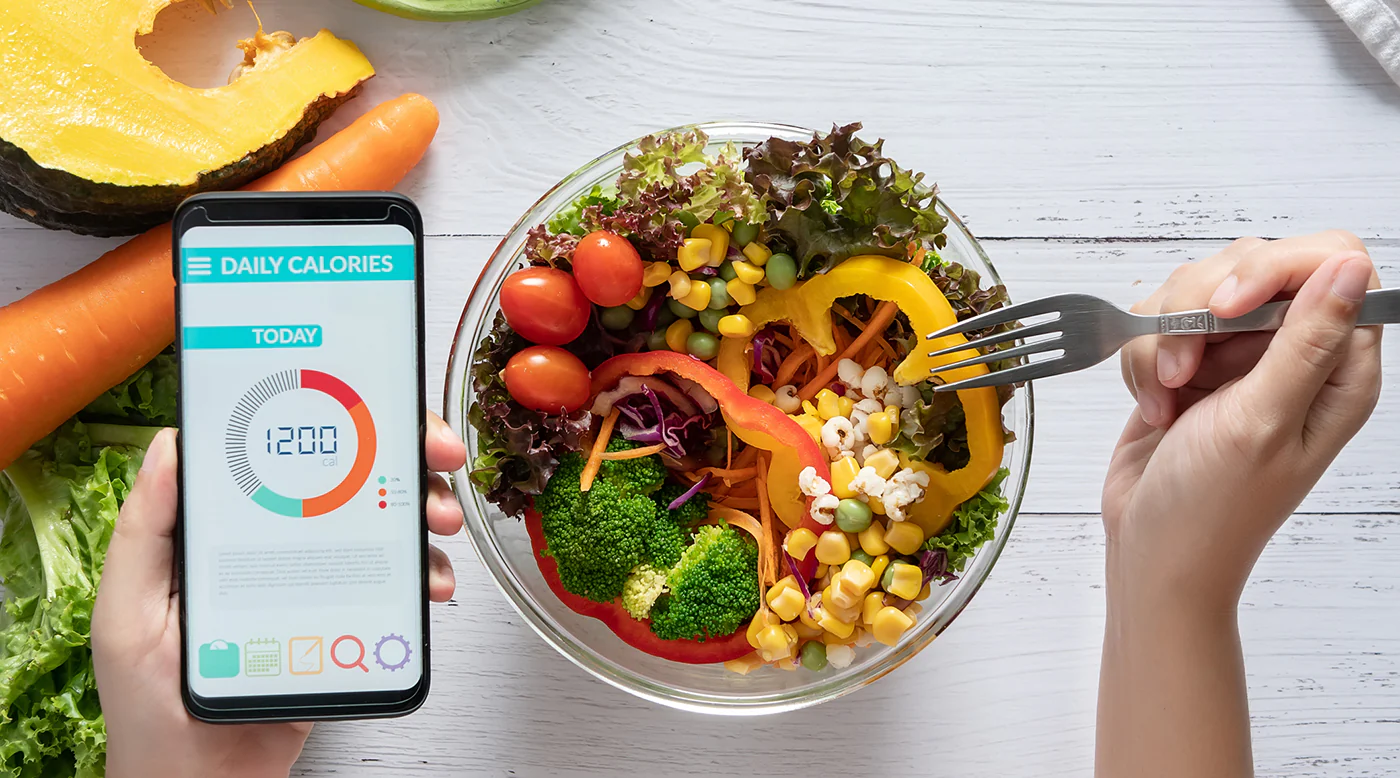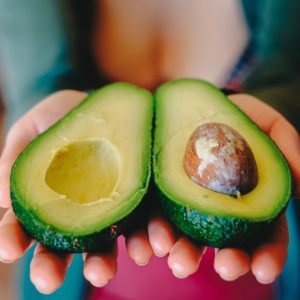In the ever-evolving world of health and fitness, it’s easy to feel overwhelmed by the abundance of information and trends. Fad diets, the latest workout plans, and countless “quick fixes” flood our newsfeeds, making it hard to discern what actually works. But when it comes to fitness and weight loss, the most important thing to understand is that sustainable, long-term success isn’t about shortcuts—it’s about making meaningful changes to your habits and lifestyle.
In this article, we’re going to help you revamp your fitness journey with actionable strategies, evidence-based advice, and practical tips to help you lose weight effectively while fostering long-term health. Whether you’re looking to shed a few pounds, tone up, or build a healthier lifestyle from the ground up, this guide has something for you.
1. Mindset: The Foundation of Success
Before diving into workout routines or nutrition plans, it’s important to address the mental aspect of weight loss and fitness. Your mindset will either make or break your goals.
Shift from Quick-Fix Thinking to Sustainable Habits:
Instead of focusing solely on the end goal of losing weight, shift your focus to creating habits that will allow you to maintain a healthy lifestyle long-term. This approach is key to ensuring that your efforts don’t just result in temporary changes, but rather lasting transformation.
Embrace Progress Over Perfection:
Many people set themselves up for failure by aiming for perfection. The reality is, you will have off days. There will be moments when you miss a workout or indulge in unhealthy foods. The key is consistency over time, not perfection in every moment.
Set Realistic, Achievable Goals:
Break down your ultimate goal into smaller, more manageable milestones. Instead of focusing on losing 30 pounds, set goals like “Exercise 3 times a week” or “Eat vegetables with every meal.” These micro-goals will give you a sense of achievement as you progress, keeping you motivated.
2. Revamp Your Nutrition: Eating for Weight Loss and Health
Nutrition is at the core of any successful weight loss plan. The foods you eat provide the fuel your body needs to perform well in the gym, recover, and burn fat. A balanced, sustainable nutrition plan will help you achieve your weight loss goals while keeping you energized and satisfied.
Understand Calories and Macronutrients:
In order to lose weight, you must consume fewer calories than your body burns (a calorie deficit). However, it’s equally important to focus on how you create that deficit. Simply eating less food can leave you nutrient-deprived. Instead, focus on a balanced intake of macronutrients:
- Protein: Protein is essential for muscle repair, recovery, and keeping you full. Aim for lean sources like chicken, turkey, fish, tofu, beans, and legumes.
- Carbohydrates: Don’t shy away from carbs! Choose whole grains, vegetables, fruits, and legumes for fiber, energy, and micronutrients. Avoid processed, sugary carbs.
- Fats: Healthy fats support your hormones, joint health, and brain function. Include sources like avocados, nuts, seeds, and olive oil in your diet.
Portion Control and Mindful Eating:
The key to successful weight loss is not just about eating healthy foods but also understanding portion sizes. Mindful eating is a practice that can help you better tune into your hunger cues, recognize when you’re full, and avoid overeating. Slow down during meals, savor each bite, and avoid distractions like your phone or TV.
Meal Planning:
One of the best ways to ensure you stick to your nutrition plan is by meal prepping. When you plan and prepare your meals ahead of time, you avoid making impulsive, less healthy choices. Pre-cook lean proteins, whole grains, and vegetables, and store them in individual containers for easy access.
3. Workouts: The Power of Strength, Cardio, and Recovery
Exercise is essential for weight loss, but not all exercises are created equal. A combination of strength training, cardiovascular exercise, and recovery activities will yield the best results.
Strength Training:
Building muscle mass helps increase your resting metabolic rate (RMR), meaning you burn more calories even when you’re not working out. Strength training, especially compound exercises that target multiple muscle groups, is a game-changer for weight loss.
Some effective strength training exercises include:
- Squats
- Deadlifts
- Push-ups
- Lunges
- Rows
- Bench press
Aim for at least 2-3 days of strength training per week, with a focus on full-body workouts.
Cardio for Fat Loss:
Cardiovascular exercise helps burn calories and improve heart health. It’s also a great way to enhance your overall fitness level. Try a mix of steady-state cardio (like jogging, cycling, or swimming) and high-intensity interval training (HIIT). HIIT is particularly effective for burning fat in a shorter amount of time.
Aim for 3-5 cardio sessions per week, varying intensity and duration to prevent boredom and maximize fat-burning benefits.
Recovery:
Many people overlook the importance of recovery when it comes to fitness, but rest is when your muscles repair and grow. Incorporate active recovery days (like walking or yoga) and prioritize sleep. Aim for 7-9 hours of sleep per night for optimal recovery and fat loss.
4. Tracking Your Progress: Monitoring Results Beyond the Scale
When you’re on a fitness and weight loss journey, the scale is not the only metric to track your progress. In fact, it can sometimes be misleading. Body weight can fluctuate due to water retention, hormonal changes, and muscle gain, so it’s crucial to look at other indicators of progress.
Measure Your Body Composition:
Instead of just tracking weight, monitor changes in body fat percentage and lean muscle mass. A tape measure can also be a helpful tool—measure your waist, hips, arms, and legs to track reductions in body circumference.
Take Progress Photos:
Taking progress photos weekly or bi-weekly allows you to see physical changes that might not be reflected on the scale. Over time, these images can serve as a powerful motivator and reminder of how far you’ve come.
Track Energy Levels, Strength, and Mood:
Sometimes, weight loss isn’t just about the number on the scale—it’s about how you feel. If you’re feeling stronger, more energized, or more confident, these are all signs of progress.
5. Sustainable Weight Loss: How to Maintain Your Results
After months of hard work, the idea of maintaining your weight loss might seem daunting. But the good news is, it’s totally possible with the right mindset and habits.
Gradual Transition to Maintenance:
Once you’ve hit your goal weight, don’t go back to your old habits. Instead, gradually increase your calories to find a maintenance level. This means moving from a calorie deficit to a maintenance phase where you’re neither gaining nor losing weight.
Continue Exercising:
Don’t let exercise slide after you hit your weight loss goal. Continue strength training and cardio to maintain muscle mass, burn fat, and stay healthy.
Stay Consistent with Nutrition:
You can still enjoy indulgent foods, but consistency is key. Prioritize nutrient-dense foods most of the time, and reserve treats for special occasions. This balance will keep you on track long-term without feeling deprived.
Conclusion: Your Fitness Journey Awaits
Revamping your fitness and weight loss journey is not about achieving quick results; it’s about creating lasting habits that support your long-term well-being. By focusing on a holistic approach—combining mindset shifts, balanced nutrition, effective workouts, and tracking progress—you’ll set yourself up for lasting success.
Remember, it’s okay to start slow, take one step at a time, and be kind to yourself along the way. Your fitness journey is a marathon, not a sprint, and with patience and dedication, you will see the results you’ve been working for.
So, are you ready to revamp your fitness journey? Let’s get started!


